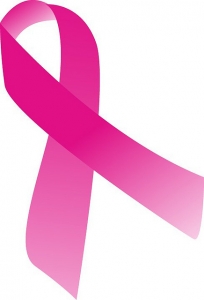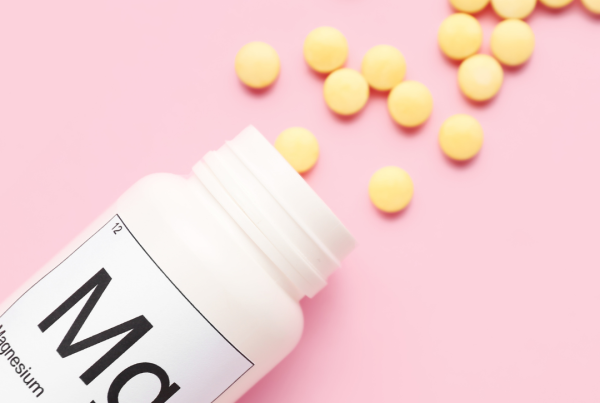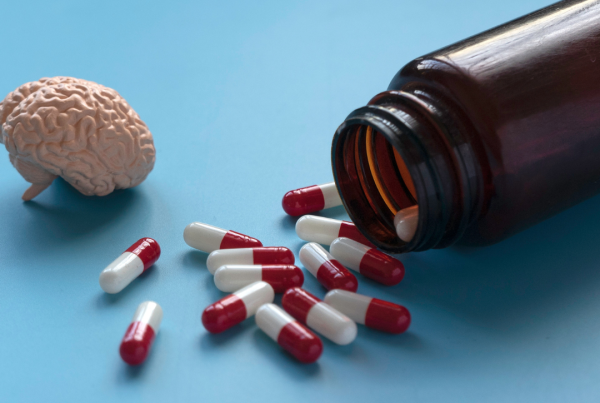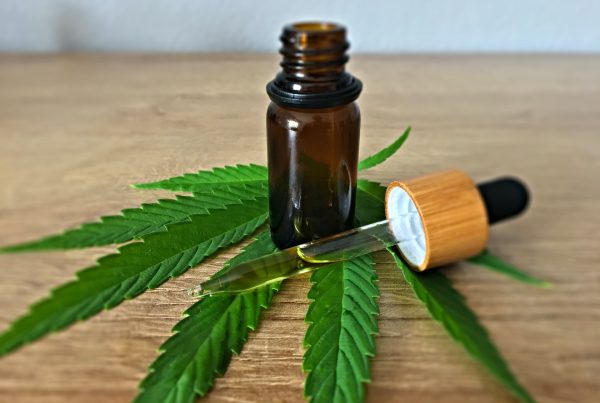
Breast Cancer Awarness
photo credit: SCA Svenska Cellulosa Aktiebolaget via photopin cc
Breast Cancer is dear to my heart. It has affected two of my maternal aunts, one maternal cousin and many other strong beautiful people I know! It is something I’m very passionate about. One out of eight females will be diagnosed with breast cancer in their lifetime and over 220,000 US woman will be diagnosed in the next year and 40,000 women will die according to the National Breast Cancer Foundation. I was slightly irritated a few months ago when people where posting #nomakeupselfies for #breastcancer. Why not educate everyone more about screening and breast cancer! October is Breast Cancer month and prevention and education are both the key to eradicating and healing this disease!
1.Risk factors- Estrogen is the Culprit:
Increased risk of breast cancer occur depending on how much estrogen the patient has been exposed to her in her life time including: age of first menarche, age of menopause, age of first live birth, family history of breast cancer in first degree relative. The younger you were when you had your first menarche, older you went into menopause, later on in life you were to bare children all increase how much estrogen you produced in your lifetime increasing your overall risk. Being overweight and obese is also linked to increased estrogen production not allowing your liver to detoxify the estrogen and in turn storing it. There is also an increased risk of breast cancer again in females with personal or family history of endometriosis, fibroids, or breast cysts again linked to the “estrogen dominance” connection. The more estrogen is stored, the less likely your body is able to break it up and more likely it will turn into something toxic. Here is a good risk assessment tool for females 35 and older. http://www.cancer.gov/bcrisktool
2.Screening:
Breast Self exams (BSE) are controversial. The USPSTF recommends against BSE as they show no benefit and can cause more harm with extra biopsies and invasive procedure not needed. For my patients who have been doing it for years, I say continue to do so as you know your breasts and body well. For my younger patients I tell them not to start as they may not be familiar what they’re looking for.
The USPSTF recommends screening mammogram every 2 years for females 50-74 and stop after that. The decision to check females under 50 is based on individual preference along with the physician’s judgment. I personally recommend it to my patients yearly especially because I know detection is the key to survival. It’s even more important with a positive family history of breast cancer, and younger females being diagnosed earlier! Breast cancer doesn’t discriminate against age or race. Digital Breast tomosythesis (3D mammograms) is actually better at detecting breast cancer than routine mammograms with higher sensitivity and less radiologist error (1). Not everyone is offering this, however this is something I encourage women to seek. There’s less false positives and you’re more likely to be at ease when you get your results. The USPSTF recommends that in females with a positive family history of Breast Cancer, ovarian or endometrial cancers they should also be screened for the BRCA1 & BRCA2 genes.
3. Environment and Toxic Exposure:
Females who have had radiation once before for another cancer are more likely to be at risk for breast cancer. This, however, depends on where the initial radiation exposure was and what age they received this. There is increased risk with chest radiation especially when exposed in childhood.
Sodium Laurel Sulfate found in many skin and hair products are found to increase estrogen leading to breast cancer among other reproductive problems. This is something I encourage females to avoid if they can.
BPA ( bisphenol-A), found in plastics, has also been linked to Breast cancer. If the breast cancers genes are presents then BPA accelerates that risk (2).
Phthalates also found in many plastics, cosmetic and environmental products, and household cleaner products has also been linked to breast cancer in Northern Mexico by disrupting the endocrine system(3). I advise people to start checking labels to see what they’re using in their homes and on their bodies.
DES exposure has also been linked to breast cancer. It’s not as common as it was, but for mothers given DES in 1940-1960’s, their daughters are at increased risk for breast cancer. Family history is important in this factor.
Tobacco both primary and second hand have also been related to increased breast cancer risk. Amongst the other cancers and problems smoking causes, this is just another reason to throw those cigarettes away!
Avoid ETOH!
More than 3 alcoholic beverages a week increases estrogen levels in a 2011 JAMA study. Alcohol decreased the metabolism by 24% (4). Most people actually binge drink and therefore consume more alcohol in one sitting than they do over a time making this something that needs to be monitored.
Know what you’re ingesting
The medications you’re taking can affect your hormones. Woman on oral contraceptive (OCP) are at higher risk for breast cancer. Again, this increases the duration of how long you’re on ocps and what age you started. Hormone replacement therapy also increases risk for breast cancer especially if hormone levels are not monitored appropriately. This is something you should discuss with your doctor. They are other non-hormone birth control methods out there like the copper IUD that you may benefit from.
References:
1. Mark A. Helvie, M.D. Digital Mammography Imaging: Breast Tomosynthesis and Advanced Applications. Radiol Clin North Am. Sep 2010; 48(5): 917–929.
2) Arunoday Bhan, Imran Hussain, Khairul I. Ansari, Samara A.M. Bobzean, Linda I. Perrotti, Subhrangsu S. Mandal. Bisphenol-A and diethylstilbestrol exposure induces the expression of breast cancer associated long noncoding RNA HOTAIR in vitro and in vivo. The Journal of Steroid Biochemistry and Molecular Biology, 2014; 141: 160 DOI: 10.1016/j.jsbmb.2014.02.002
3 ) López-Carrillo L, Hernández-Ramírez RU, Calafat AM, Torres-Sánchez L, Galván-Portillo M, Needham LL, Ruiz-Ramos R, Cebrián ME. Exposure to phthalates and breast cancer risk in northern Mexico. Environ Health Perspect. 2010 Apr;118(4):539-44. doi: 10.1289/ehp.0901091.
4)Chen WY1, Rosner B, Hankinson SE, Colditz GA, Willett WC. Moderate alcohol consumption during adult life, drinking patterns, and breast cancer risk. JAMA. 2011 Nov 2;306(17):1884-90. doi: 10.1001/jama.2011.1590.
5) PIERRE M. MARTIN, KATHRYN B. HORWITZ, DALE S. RYAN, and WILLIAM L. McGUIRE. Phytoestrogen Interaction with Estrogen Receptors in Human Breast Cancer Cells. Endocrine Society. Epub 2013 July 01
6) Collaborative Group on Hormonal Factors in Breast Cancer; Möller, Torgil ; Olsson, Håkan, and Ranstam, Jonas .Breast cancer and breastfeeding: collaborative reanalysis of individual data from 47 epidemiological studies in 30 countries, including 50 302 women with breast cancer and 96 973 women without the disease. Lancet 2002. 360(9328). p.187-195
7). Leslie Bernstein, Brain E. Henderson, Rosemarie Hanisch, Jane Sullivan-Halley and Ronald K. Ross. Physical Exercise and Reduced Risk of Breast Cancer in Young Women. J Natl Cancer Inst (1994) 86(18): 1403-1408.doi: 10.1093/jnci/86.18.1403
8) Fowke JH, Chung FL, Jin F, et al. Urinary isothiocyanate levels, brassica, and human breast cancer. Cancer Res. 2003 Jul 15;63(14):3980-6
9) Bradlow HL, Zeligs MA. Iindolylmethane (DIM) spontaneously forms from indole-3-carbinol (I3C) during cell culture experiments. In Vivo. 2010 Jul-Aug;24(4):387-91
10) Sahmoun AE, Singh BB. Does a higher ratio of serum calcium to magnesium increase the risk for postmenopausal breast cancer? Med Hypotheses. 2010 Sep;75(3):315-8. doi: 10.1016/j.mehy.2010.02.037. Epub 2010 Apr 3.
11) Aggarwal BB, Gupta SC, Sung B. Curcumin: an orally bioavailable blocker of TNF and other pro-inflammatory biomarkers.Br J Pharmacol. 2013 Aug;169(8):1672-92. doi: 10.1111/bph.12131.
12) Chang X, Tou JC, Hong C, et al. 3,3’-Diindolylmethane inhibits angiogenesis and the growth of transplantable human breast carcinoma in athymic mice. Carcinogenesis. 2005 Apr;26(4):771-8.
13) Brasky TM, Lampe JW, Potter JD, Patterson RE, White E. Specialty Supplements and Breast Cancer Risk in the Vitamins And Lifestyle (VITAL) Cohort. Cancer Epidemiol Biomarkers Prev.2010;19(7); 1696-708.


